How much salt should I put in the dishwasher and how often should I add it?
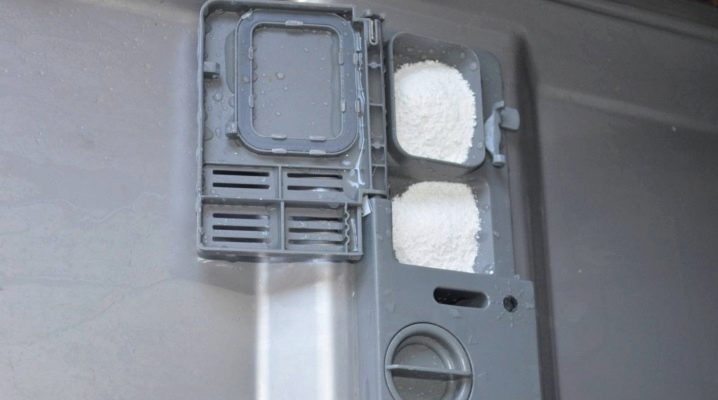
According to some users, dishwasher salt is identical to common table salt found in the kitchen. This is a common misconception. Dishwasher detergent is distinguished by its large granule size, and is also subjected to additional cleaning from excess impurities. How much salt to pour into the dishwasher, and how often to add it, will be discussed in the article.
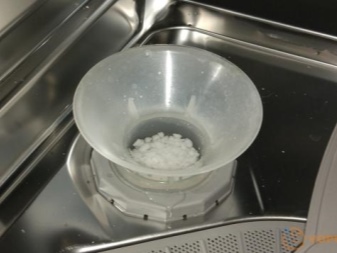
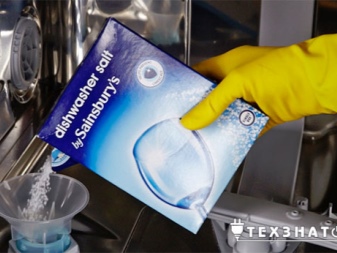
Frequency of use
At their discretion, different manufacturers add some components to the PMM salt for different purposes:
-
sodium bicarbonate and disilicate;
-
sodium citrate to kill bacteria and germs;
-
flavors;
-
sodium polyaspartate;
-
sodium percarbonate.
The addition of all sorts of substances allows manufacturers to focus on any special benefits of their own products.

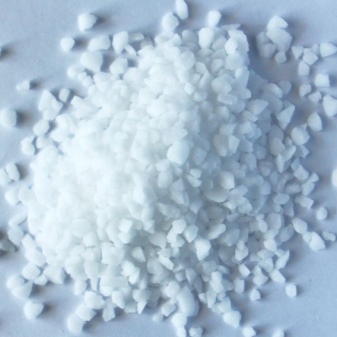
Some claim antibacterial properties, while others talk about the effect of additional cleaning and imparting a pleasant aroma.
Modern dishwashers are equipped with a special indicator that shows how often the salt should be changed. Users who are not intimidated by the expense of a relatively expensive dishwasher do not need to worry about the frequency of adding the product. When the indicator light comes on, you must immediately put the salt in the desired compartment of the PMM. For a new car, it may be necessary to change the salt after a few washes.
If the appliance does not have an indicator indicating the need to replace salt, you should be guided by the quality of washing cutlery and plates. In addition to these factors, the frequency of using the powder can be affected by the number of starts and the quality of the dishwashing water.
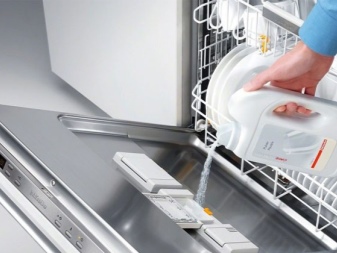
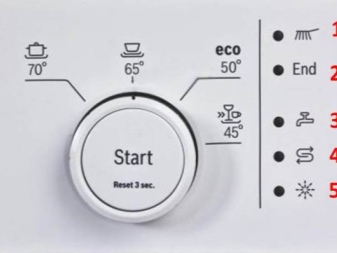
How to understand that you need to put the product?
The easiest way to control the replenishment of the car with salt is to monitor the blinking of the light on the dashboard. Most manufacturers make the indicator in the form of an icon resembling the English letter S. Indicator lights are available in pale yellow and bright red.
The indicator icon lights up at the command of a special sensor located in the PMM ion exchanger and designed to monitor the degree of saturation of the solution with salt. The sensor contains the concentration values of the composition. When the amount of salt is below the set value, the indicator lights up and informs about the need to add the agent.
In the absence of an indicator, the issue of tracking the concentration of funds in the composition will have to be dealt with by the owners of the house. A proven and effective way is to place a sticker with the replacement date on the powder package, cabinet door or refrigerator. The second indicator is a decrease in the quality of cleaning dishes.

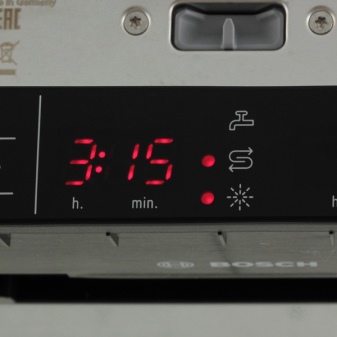
Here are the main signs you need to add a product to the dishwasher.
Milk deposits on the dishes, cloudy glass, whitish drops appear. To eliminate these signs, it is enough to manually wash the dishes. In this case, it becomes apparent that the salt concentration in the solution is too low to regenerate the ion exchanger resin.
Multilayer tablets do not clean the dishes properly. If the water hardness is more than 21 ° dH, add salt to the combined dishwashing detergents, as the concentration of the detergent is not sufficient to soften.
Observant users, noticing a deterioration in the appearance of cutlery and dishes washed in the dishwasher, immediately add the detergent to the machine. At the same time, it is impossible to name a specific time period for replenishing the salt supply, since the technique can be used with different frequencies.
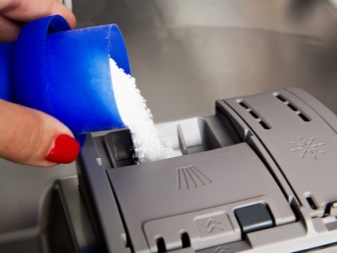
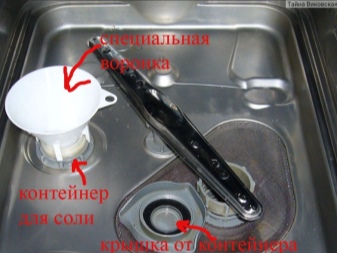
How much salt should you add?
Before pouring salt into the dishwasher, you should carefully read the instructions included with the household appliances. Most PMM manufacturers place the sodium chloride compartment in the most popular models in a special working hopper located next to the impeller sprinkler.
Before using the dishwasher for the first time, fill the compartment with a liter of water, then add salt to it in the amount necessary to completely fill the hopper. In this case, excess liquid will be flushed down the drain.
The tank holds approximately 1 kg of sodium chloride, which is 2/3 of a standard 1.5 kg pack. In different models, the volume of the tank where you need to load salt can vary from 700 grams to 1.3 kg.
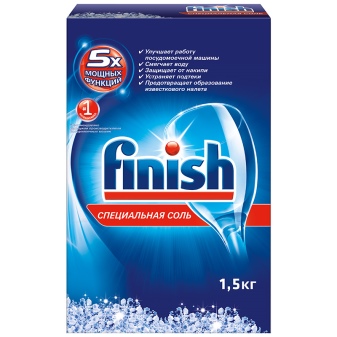
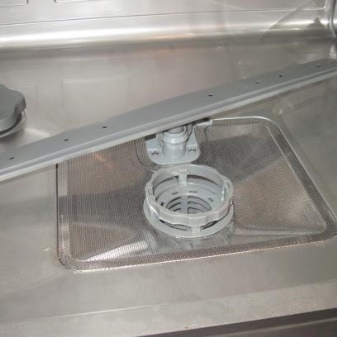
This amount of sodium chloride will provide the proper level of fluid softening over an extended period - from one and a half to 3 months - with daily use of the apparatus. A special salt concentration sensor will inform you about the time of adding the agent by turning on the indicator light.
Salt consumption often depends on the hardness of the tap water. If you use high hardness water to wash your dishes, the dishwasher will use more softener.
In our country, it is customary to measure the level of water hardness in degrees. The value of one degree is determined by the concentration of calcium and magnesium salts in the amount of 0.5 millimoles per liter of liquid. It is important to remember that hardness is measured differently in different countries. The Russian degree of hardness corresponds to 2.8 degrees in Germany. The percentage of magnesium and calcium compounds may differ depending on the region of the country. The level of connections is determined by the location of river beds, streams and lakes.
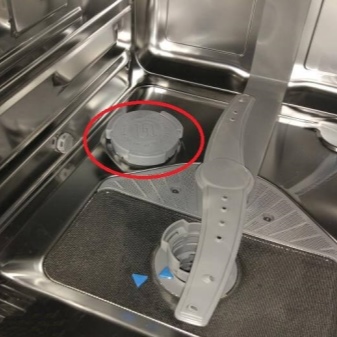
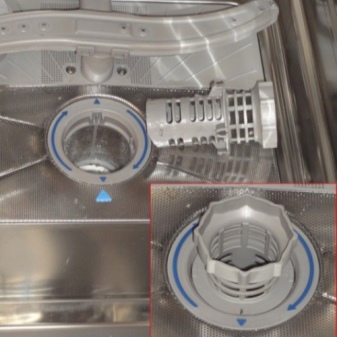
Types of tap water hardness:
-
soft (less than 3 ° F salts in the composition);
-
medium-hard (from 3 to 6 ° F salts for each liter);
-
hard (6-10 ° F in one liter of water);
-
very hard - from 10 ° F and above.
Due to the harmfulness of hard water for plumbing systems and household appliances, it is prohibited to use it.
You can independently determine the degree of hardness of tap water in several ways.
Definition "by eye" is not the most scientific, but a proven and effective way that is available to everyone. To visually assess the composition of the liquid, you need to lather a small piece of cloth with ordinary laundry soap.
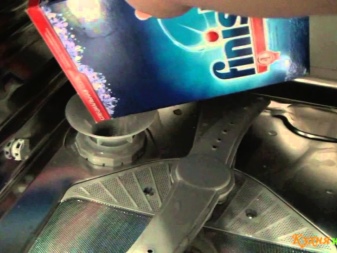
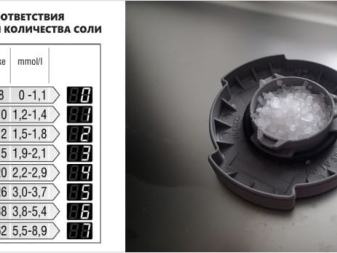
If the fabric does not soap well, this indicates a high level of liquid hardness.
A method of monitoring household appliances and plumbing. If a white bloom develops on plumbing items, where water droplets constantly fall, the water in the taps most likely requires additional softening.
Using special test strips is the most accurate method of measuring the desired indicator, which does not require much effort. After dipping the strip into a glass of liquid, you should observe the change in its shade. A pale blue tone indicates a high quality of water, a dark blue version is an indicator of the presence of a high concentration of magnesium and calcium salts.
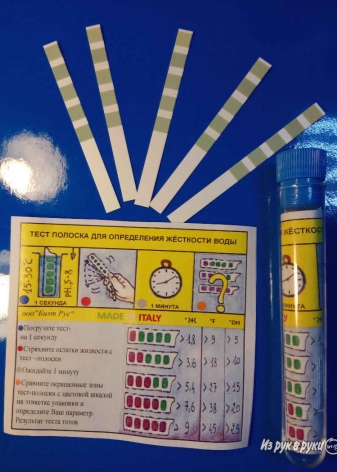
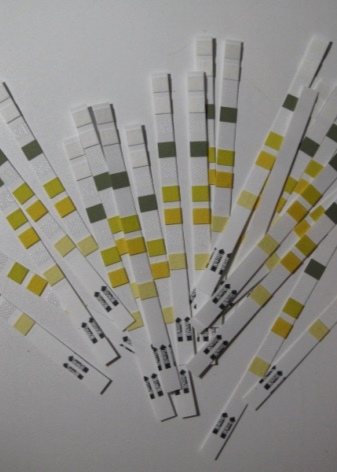
You can buy test strips specially designed for home water analysis at any pharmacy. A number of manufacturers put such strips in a kit with a household appliance.
Based on the test result and the data recorded in the instructions for the dishwasher, the amount of sodium chloride should be determined to soften the composition. Modern models of machines are equipped with devices for setting from 1 to 7 values, which vary from the saturation of the composition with calcium and magnesium salts.
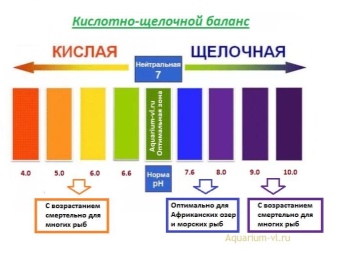
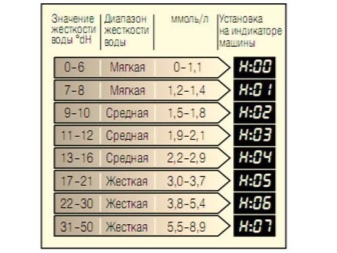
With proper care, household appliances will last a long time.
How much salt to pour into the dishwasher and how often to add it, see the video below.













The comment was sent successfully.